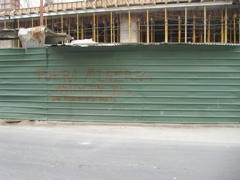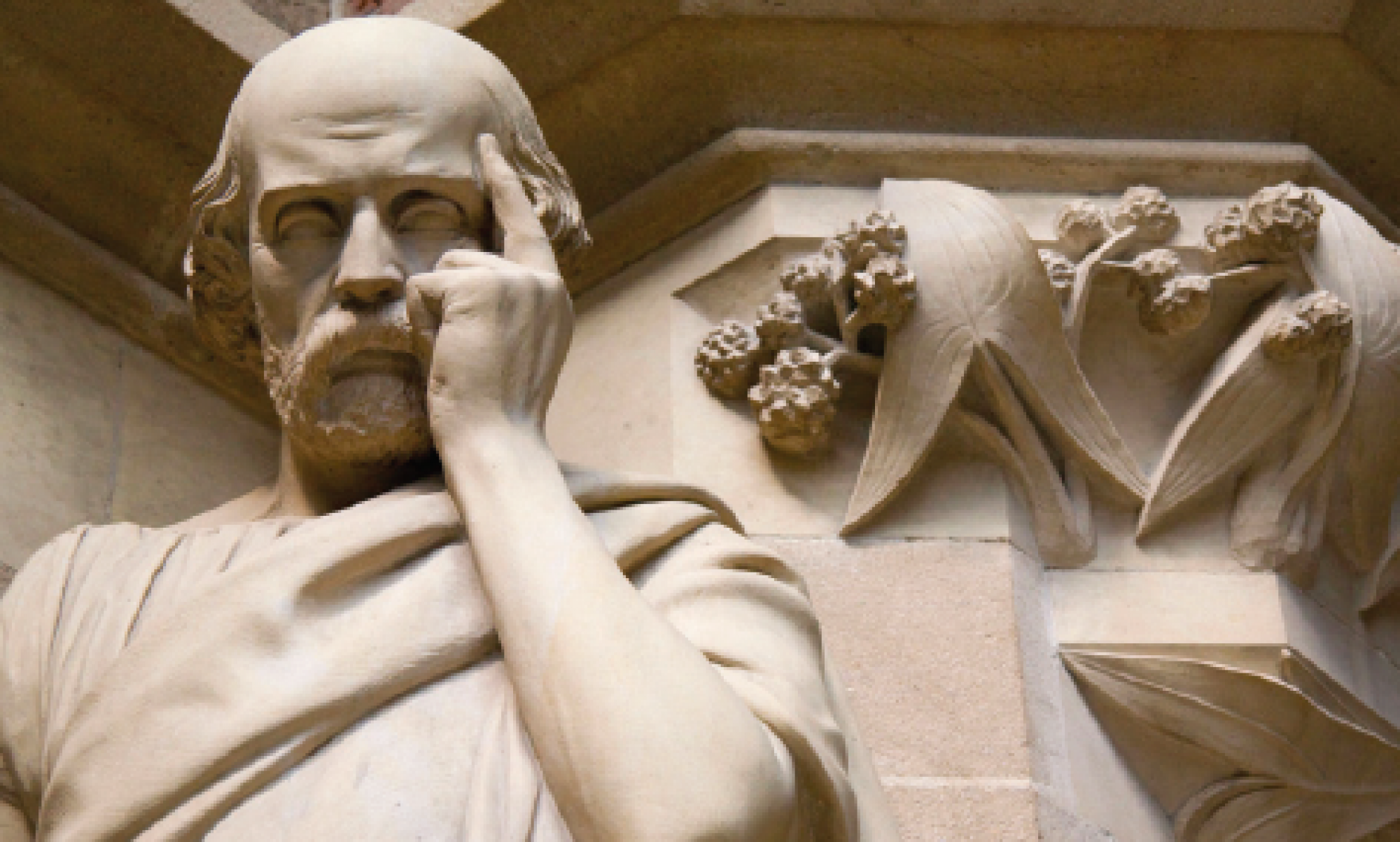On our second day we visited the Canadian Embassy. Embassy counselors working on political and aid issues made two excellent presentations. The history of Canadian involvement in Guatemala was discussed, as well as current aid efforts and bilateral relations.
We were shown how aid agencies measure extreme malnutrition with a sliding tape that measures the circumference of the upper arm of a small child and told that 11 percent of kids in certain rural areas of Guatemala are at risk of starvation. The conditions in these areas are as bad as in Haiti. What is most shocking is that Guatemala’s relatively high per capita income (it is one of the poorest countries in Latin America, but not considered among the lowest income globally) should mean that such extreme misery should not be a problem, and yet local elites regard such a humanitarian crisis as normal: “the Indians are always starving” they say. Some students were struck by the observation that the poorest and most vulnerable are rural indigenous girls, who may not have access to education or speak Spanish.
We had a substantial discussion of the degree and nature of Canadian influence in Guatemala, as well as how the Embassy works internally. Officials believe that Guatemala is a country where Canada can have an impact. Although small (pop. 13 million) and remote (albeit bordering on the NAFTA zone), Guatemala since the Peace Accords has grown accustomed to a level of international involvement that in other countries would be regarded as intrusive. Canada participates in a powerful consortium of donors. One of their frustrations is the incapacity of the state to even spend the money it is granted. The Guatemalan state is so weak that it is estimated that 30 to 40 percent of the country is not effectively controlled by the state. 70 percent of health, education, and security are in private hands. Marginal tax rates are low: paying income tax is basically voluntary and the main source of revenue is import taxes.
Students were especially keen to hear about Canada’s efforts to promote Canadian business, especially mining. The embassy officials characterized Canada’s role as, in essence, seeking to ensure Canadian business is treated on a non-discriminatory basis under Guatemalan law. Acknowledging that Canadian firms may be seen as part of a continuation of the foreign exploitation of natural resources that dates back to the Spanish conquest, embassy officials insisted that it is up to firms to show that they are different. Canadian firms must act in compliance with Guatemalan laws; Canada cannot at this point enforce Canadian policies on our companies abroad. This could change with bill C300, which would regulate the activities of Canadian extractives abroad. The embassy seeks to facilitate dialogue and its doors are open to all sides. It does not “lobby” on behalf of Canadian mines, but it does speak for them on certain issues.
Finally, officials observed that Guatemala is quite different from the rest of Latin America. It is less Latin, for one thing. It has a “left populist” leader who, in fact, is doing little to challenge the status quo; the government calls itself the first indigenous government in Guatemala, but only has one indigenous minister (who is, of course, responsible for the culture portfolio). In short, Guatemala is a “country of illusions.” On our way out, we spotted graffiti on a construction site across the street in front of the embassy that said: “Canadian mining out of our country!”

